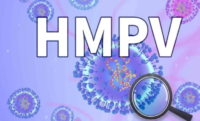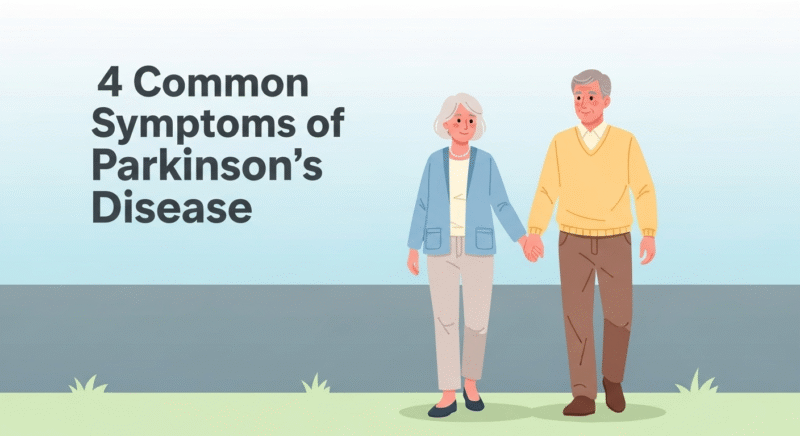Human metapneumovirus (HMPV) cases appeared to have increased recently, primarily from China, the United Kingdom, and bursting India. Reports from China also point to an increase in respiratory infections related to HMPV, particularly among children. However, experts say this is a usual seasonal cause.The UK has also seen increased positivity rates, especially in children under five, but the situation remains under control. India has confirmed its first cases, with the virus reportedly surging in China. Although HMPV can cause severe illness in sensitive groups, experts say it is less concerning than COVID-19 and usually causes symptoms like a common cold or flu, with no signs of a pandemic risk. The rise in cases is consistent with seasonal trends, particularly in winter, and is not alarming. However, continued monitoring and compliance with public health guidelines are essential as we stay informed about this lesser-known respiratory threat.
Most people have queries and questions about hMPV
When people heard about the hMPV virus through news articles and other sources, they were too worried about it and would have many queries and questions, like: How long does it take to recover from human metapneumovirus, hMPV symptoms, about hMPV treatment, hMPV contagious period, human metapneumovirus vs COVID-19? How long does it take to recover from human metapneumovirus in babies? and many more, so here you will get all the answers about hMPV.
1. Origins of HMPV
- Discovery: HMPV was first identified by Dutch researchers in 2001 while investigating cases of unexplained respiratory illness.
- Historical Context: Retrospective studies of stored samples revealed that the virus had been circulating in humans for decades before its discovery.
- Family and Structure: It belongs to the Paramyxoviridae family, which also includes RSV and measles, and shares similar symptoms and transmission methods.
2. Global Spread of hMPV
- Worldwide Presence: hMPV is a global pathogen, found on every continent. Studies suggest that most people are infected with hMPV at least once during childhood.
- Seasonality: Like influenza and RSV, HMPV infections typically peak in late winter and early spring in temperate regions. In tropical climates, cases may occur year-round but often spike during rainy seasons.
- Outbreaks: The virus is known for causing spreads in settings like schools, daycares, hospitals, and nursing homes, where close contact facilitates rapid transmission of this virus, so make distance to people and take precautions.

3. HMPV in India
- Emergence: HMPV is present in India but is less studied compared to other respiratory viruses. Its contribution to respiratory illnesses is significant but underreported.
- Affected Populations: In India, the virus predominantly affects young children, the elderly, and individuals with underlying conditions such as asthma or diabetes.
- Data Availability: While large-scale data is limited, studies in cities like Delhi, Mumbai, and Pune have shown that HMPV is a common cause of hospital admissions for respiratory illnesses, especially in children under five.
4. Symptoms and Clinical Manifestations
HMPV infections can range from mild to severe, depending on the individual’s age, immune status, and underlying health conditions.
- Mild Symptoms:
- Runny or stuffy nose
- Cough and sore throat
- Fever and fatigue
- Severe Symptoms:
- Wheezing and difficulty breathing
- Bronchiolitis (inflammation of the small airways)
- Pneumonia
- Hypoxemia (low blood oxygen levels)
- Complications: Severe cases may lead to hospitalization, particularly in infants, the elderly, and immunocompromised individuals. In some cases, long-term effects such as chronic wheezing or reduced lung function have been observed.
5. How HMPV Spreads
- Transmission:
- HMPV spreads through respiratory droplets when an infected person coughs, sneezes, or talks.
- The virus can also be transmitted through contact with contaminated surfaces or close personal contact.
- Incubation Period: Symptoms typically develop 4–6 days after exposure.
- Reinfection: Immunity to HMPV is not long-lasting, and people can be reinfected multiple times throughout their lives.
6. Speed and Scale of Spread
- High Attack Rates: During outbreaks, HMPV can infect a large percentage of susceptible populations, particularly in daycare centers, schools, and hospitals.
- Global Burden: HMPV accounts for 5–10% of all respiratory infections worldwide, making it a significant contributor to the global disease burden.
- Comparative Spread: The virus spreads as quickly as influenza, with annual outbreaks affecting millions.
7. Diagnosis and Challenges
- Clinical Overlap: Symptoms of HMPV overlap with other respiratory viruses like RSV, influenza, and COVID-19, making clinical diagnosis challenging.
- Diagnostic Tools:
- PCR (Polymerase Chain Reaction): The most reliable method for detecting HMPV.
- Rapid Antigen Tests: less commonly used but helpful in specific cases.
8. Treatment and Prevention
- No Specific Antiviral: There are no approved antiviral treatments specifically for HMPV. Care focuses on managing symptoms.
- Supportive Care:
- Rest and hydration
- Over-the-counter medications for fever and pain
- Oxygen therapy for severe cases
- Prevention:
- Regular handwashing
- Disinfecting commonly touched surfaces
- Avoiding close contact with sick individuals
9. HMPV vs. RSV
HMPV and RSV are closely related and cause similar illnesses, but they have key differences:
- RSV infections are generally more severe in infants under six months, whereas HMPV tends to cause more severe illness in older children and adults.
- Immunity to HMPV is shorter-lived, leading to more frequent reinfections over a person’s lifetime.
10. Research and Developments
- Vaccine Development: Efforts are underway to develop vaccines for HMPV, with some focusing on combined vaccines targeting both RSV and HMPV.
- Antiviral Therapies: Experimental treatments like monoclonal antibodies are being studied to reduce the severity of infections.
- Surveillance Needs: Better diagnostic tools and nationwide tracking systems are needed to fully understand HMPV’s impact, particularly in countries like India.
11. Future Outlook
Human metapneumovirus has operated in the shadows for decades, causing significant illness without widespread recognition. As research uncovers more about its origins, spread, and impact, it is becoming clear that HMPV is a key player in the world of respiratory viruses. Improved surveillance, better diagnostic tools, and the development of targeted therapies and vaccines offer hope for reducing its global burden.
HMPV may not be a household name yet, but its story is a reminder of how much we still have to learn about the viruses that share our world.






